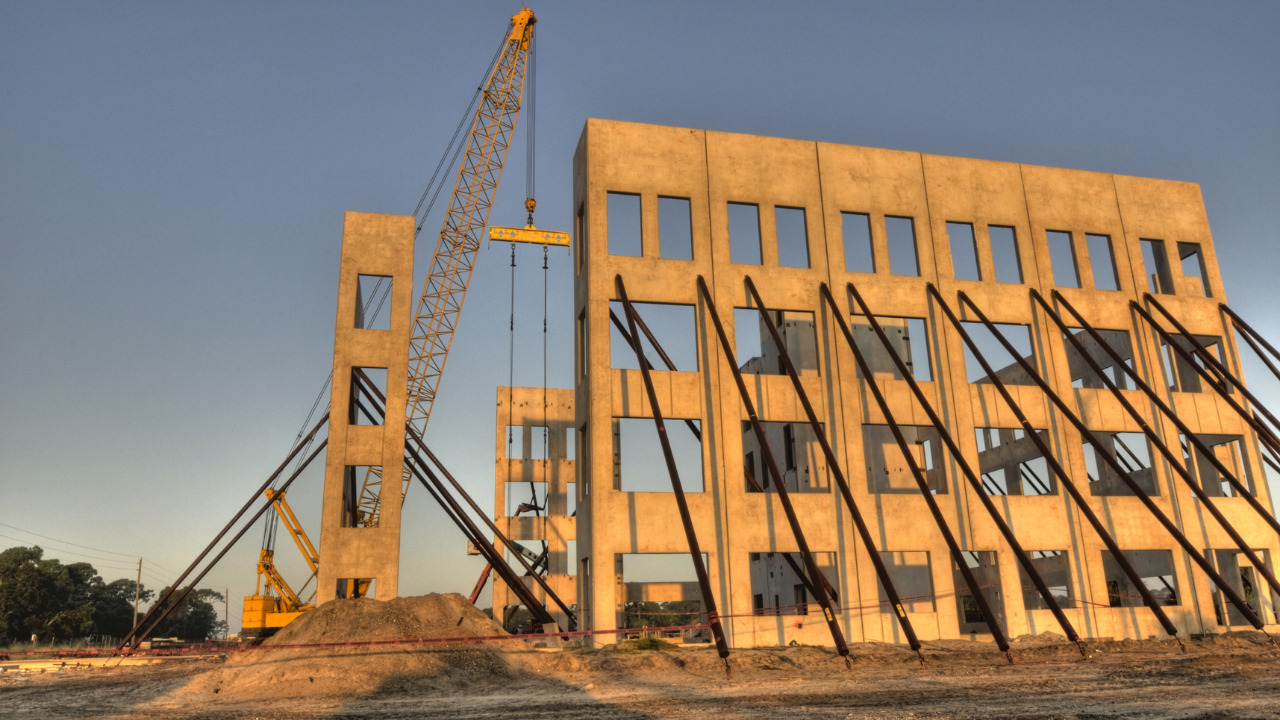Mini Beam is an incredibly versatile product, a rectangular truss available in metric and foot lengths and comprises a wide range of corner blocks.
The Mini Beam is the best truss to manage because of its tiny size and excellent strength-to-weight ratio. It can normally support high load spans. The high-grade aluminum alloy used to create Mini Beam Truss is designed to meet the most current specifications.
When truck space is limited, the Mini Beam is highly helpful since it has an exceptional strength-to-weight ratio, can usually support a uniform load on a span and is manageable due to its tiny size.
An object built from a truss is called a truss beam. A truss is a web of bars that only experiences compression or tension.
Table of Contents
Differences Between A Truss And A Beam
Due to the bars’ ability to swivel, because only pin joints were used to bind them, trusses allowed the construction of structures. A beam is a particular kind of structural component made to withstand bending. Due to its effective use of materials, the truss beam is a well-liked bridge component.
An illustration of a truss would be a framework made of straight bars connected in a specific way. The pin joints that join each bar together allow for unlimited rotation. As a result of simply having pin joints, each bar can only be in tension or compression.
They cannot be bent since allowing a bar’s end to pivot will allow it to relax while bending. These bars join into triangles to create a stiff truss construction that functions as a single, solid piece.
Advantages Of Trusses
A truss has an advantage because of its strength-to-weight ratio. The majority of a truss is typically empty; the construction is made up of a skeleton of bars. The bars are only subjected to tension or compression loads, which allows trusses to keep their relatively high strength.
The same applications that apply to solid beams also apply to truss beams. A truss could experience the same bending loads as a beam if constructed with the same exterior dimensions.
The truss beam would have the same circular arc shape as the solid beam and be made of triangles of bars with pin joints at their ends.
The truss beam would be able to resist bending when combined with the tension of the bars near the outside circle.
Advantages Of Beam
By assuming the form of a circular arc, a beam is specifically utilized to resist bending. In bending, a beam’s inner circle shrinks to a size less than the beam’s length. The beam’s original length is not altered, but the outside circumference is extended to a bigger size.
These two distortions both work to counteract the bending that has been performed. The beam will usually revert to its original state unless irreparably damaged. As a truss beam is more affordable and simpler to build than alternative designs, engineers can decide to utilize it in a bridge.
A truss beam is an extremely effective technique to utilize resources, just like all trusses are. A truss beam can be substantially more affordable than a solid beam in raw materials, production, and shipping. Building other structures, like bridges, with truss beams might be more practical.
Beam Trusses Are Best For Large Structures
For the same steel weight, a truss can outperform a beam in terms of stiffness and resistance. This discrepancy is particularly obvious for lengthy spans or big weights. It is possible to fully utilize this benefit if the height of the truss is not restricted by factors other than structural effectiveness.
The equipment of the fabrication facility, the cost of manufacturing locally, and the price per unit of steel all play a role in finding the ideal balance between the least cost and minimum weight. For a lengthy span, trusses typically offer an affordable solution.
The architectural plan of the structure determines both the outside geometry and slope allocated to the top chord of the truss. Select a bottom chord, horizontal or vertical, depending on how the inside space will be utilized.





